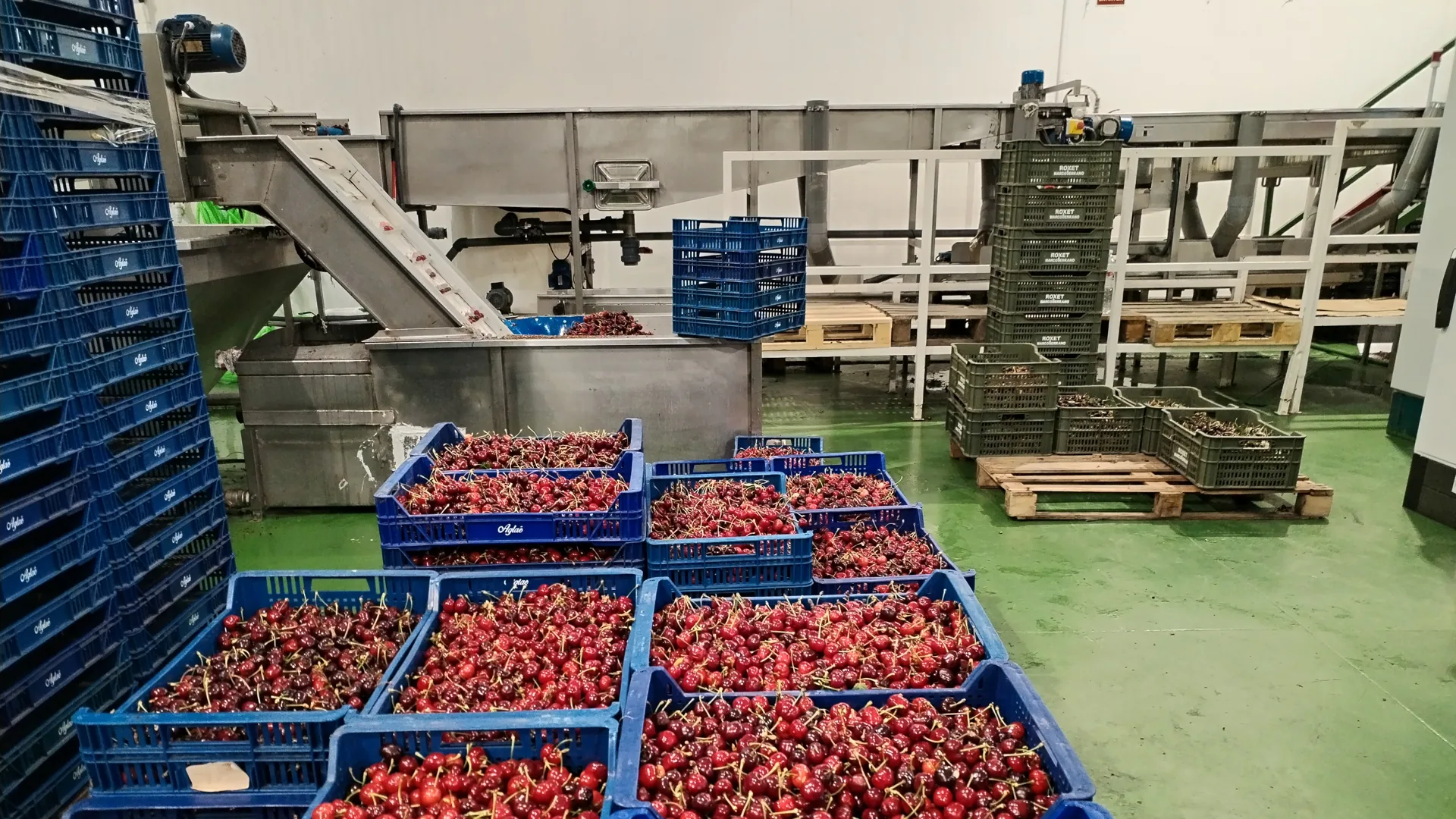Alekk M. Saanders
Caceres
Monday, 3 June 2024, 12:32
The appearance in markets and shops of the famous cherries grown in the Jerte Valley in the Spanish region of Extremadura is a sweet synonym for the arrival of summer. This fruit has a rather short season – from May to July. This year “mid-harvest” day, 1 June, was chosen for the 14th ‘picota’ cherry fair that was held in Jerte.
The picota is a cherry variety that has been cultivated since the 17th century and has its own protected seal of origin, Cereza (cherry in Spanish) del Jerte.There is a local saying – “a picota is always a ‘cereza’, but a ‘cereza’ is not always a picota”.
Picota is the name used for four varieties of cherry grown from Prunus avium in the mountain valleys of Jerte, Ambroz and La Vera in the north of Cáceres province of Andalucía’s neighbour, Extremadura.
The main road in the Valley, cherry orchards, the logo of the company.
A.M.S.
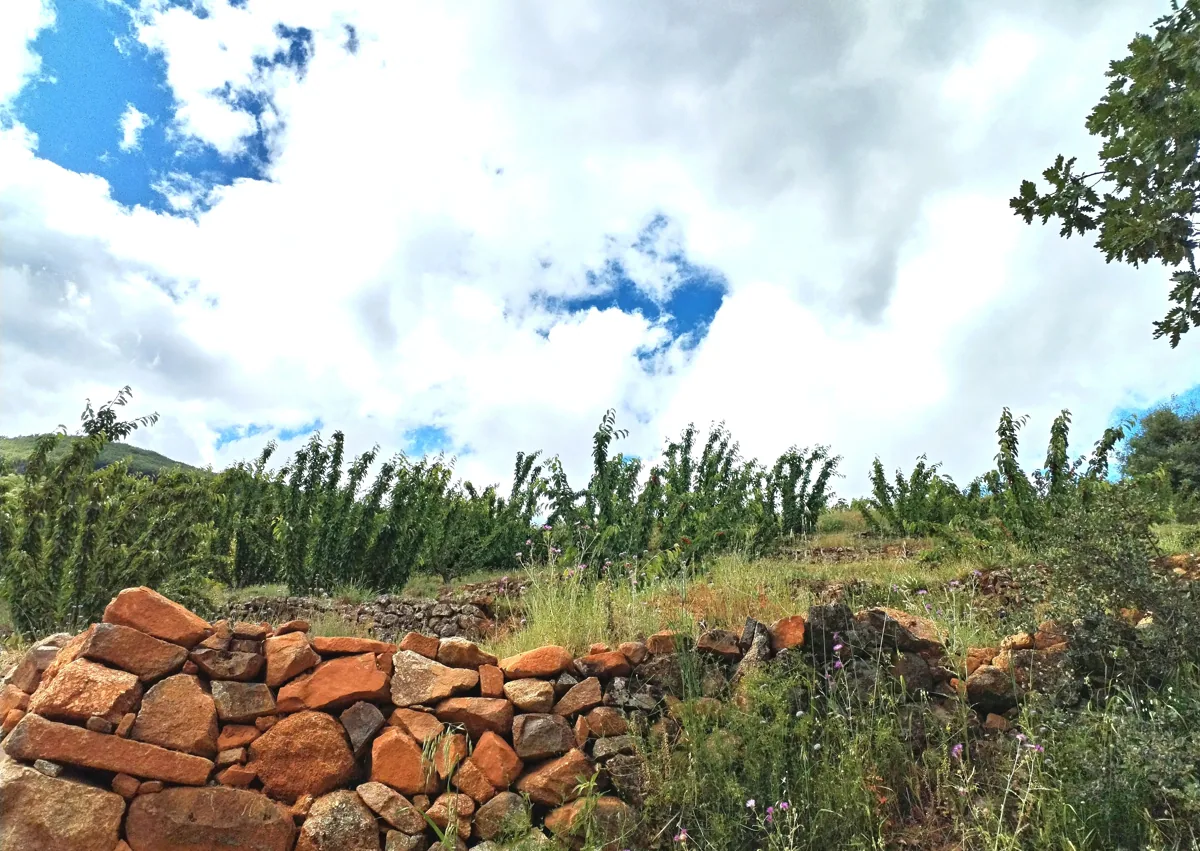
-U58188180134NbW-711x841@Diario%20Sur.jpg)
As you enter the valley, the road is lined with cherry trees whose branches are abundantly laden with deep purple fruit. There are more than 3,700 registered cherry farms in the valley, whose cherry orchards cover an area of around 10,000 hectares.
“I would say, there are few Spanish fruits that are as adored and admired as the picota. Picotas can be grown in one of four traditional varieties: Amburnés, Pico Limón Negro, Pico Negro and Pico Colorado. The picota cherry is protected by a Denomination of Origin (DO) certificate, which provides Protected Designation of Origin (PDO) status in the EU. To use the name picota, the cherries must be grown and packed within a specified geographical area covering farms in the Jerte Valley, farms above 500m in the District of La Vera, and farms above 600m altitude in the Valley of the Ambroz. The fruits are grown by hand, on fertile land and watered by crystal clear streams. The picota is easily identified by the fact that its stalks remain on the trees when picked,” farmer Ricardo told SUR in English.
The picota cherry is protected by a Denomination of Origin (DO) certificate, which provides Protected Designation of Origin (PDO) status in the EU
Picotes are hand-layered in traditional chestnut wood baskets and are not subjected to any post-harvest treatments that could affect their natural goodness. From the orchards, the picotas are delivered to cooperatives. One of these is Dadifruit, located in Navaconcejo. SUR in English was invited to watch the post-harvest processing of the cherries, from washing to sorting and packing.
Picota processing.
A.M.S.
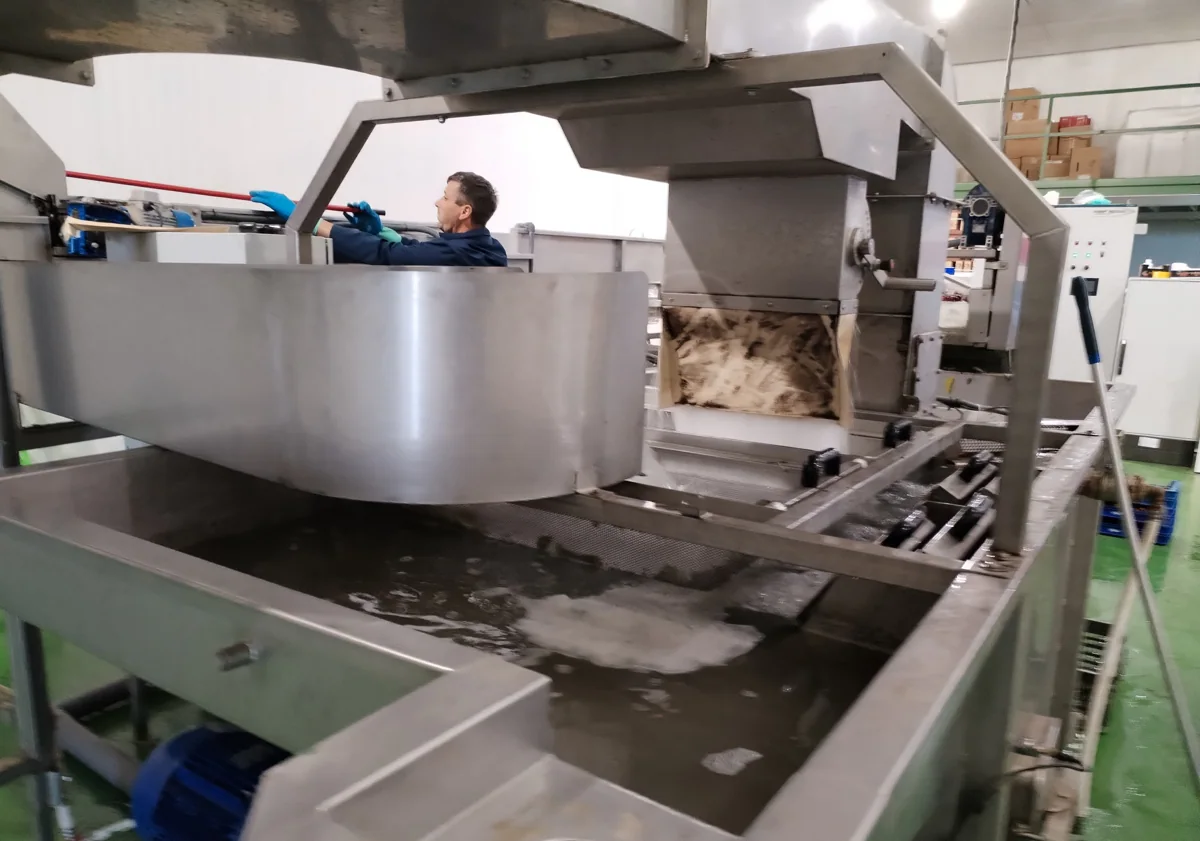
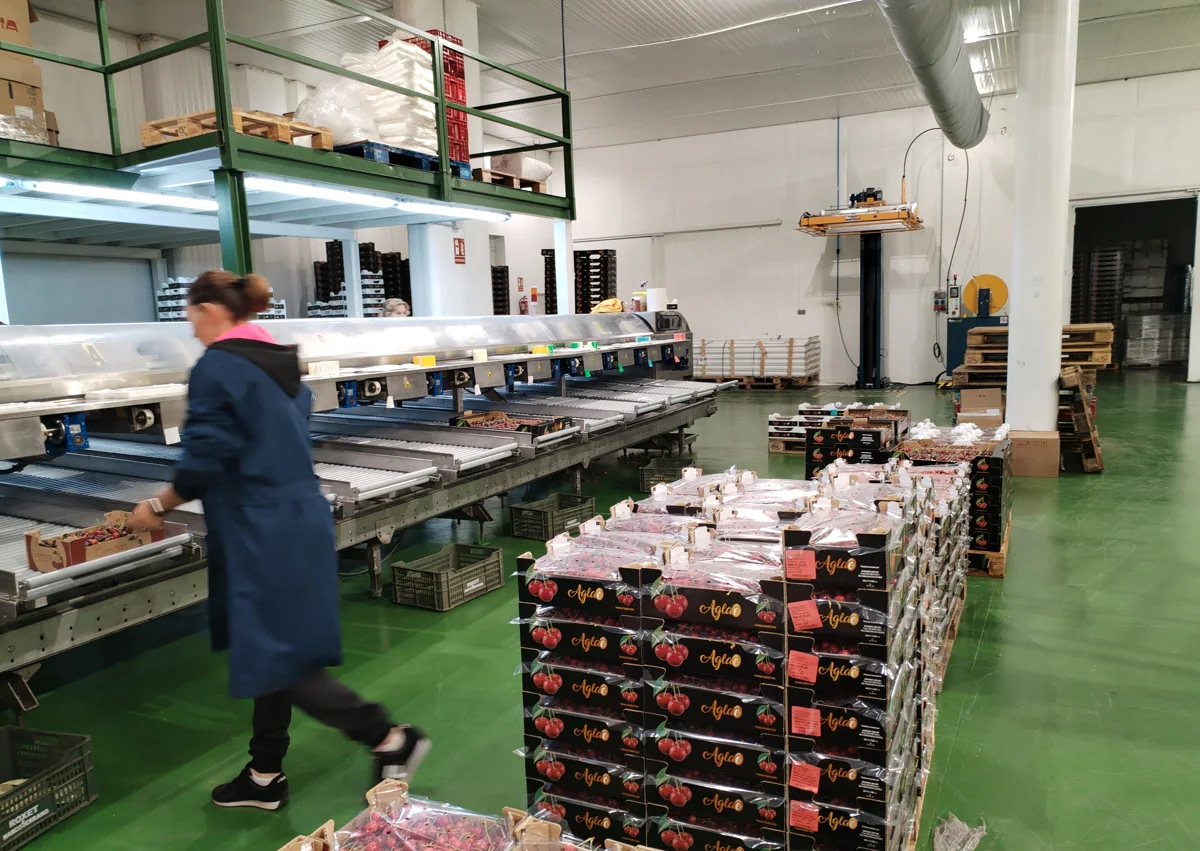
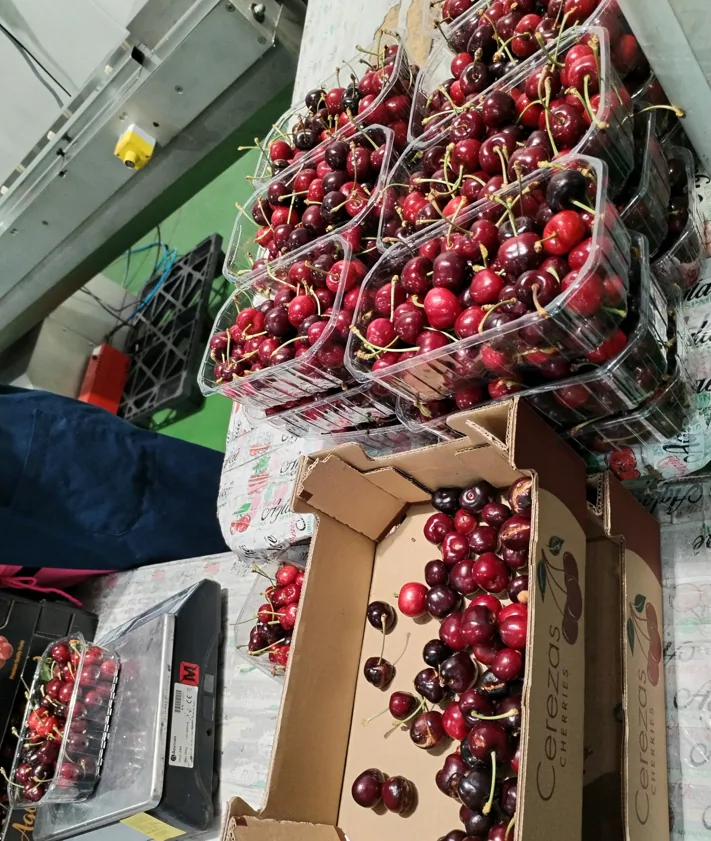
The cherries are gently rotated as they are carried forward and the distance between the rollers slowly increases so that the cherries are accurately and consistently sorted by size. Size matters. The bigger the cherry, the higher the value. At the end of the conveyor belt, the largest picotas shine like diamonds. Observing such beauty, one can easily understand why the English slogan of the cooperative is “Cherries with diamonds – different flavours”.
Observing such beauty, one can easily understand why the English slogan of the co-operative is “Cherries with diamonds – different flavours”
Picota is a kind of haute couture in the world of cherries thanks to its peculiar sweetness, exquisite flavour, crisp texture and slightly darker, almost black colour. It is often called ‘a true treasure of the Jerte Valley’.
Besides picotas, the Jerte Valley is undoubtedly one of Spain’s popular tourist attractions
Much of this “Spanish treasure” is sent abroad. Around 40% of the picota production is exported and the key markets are Germany and the United Kingdom. For example, the UK sales reportedly peaked in 2011 when 10 million punnets (2,500 tonnes) were sold in a five-week season.
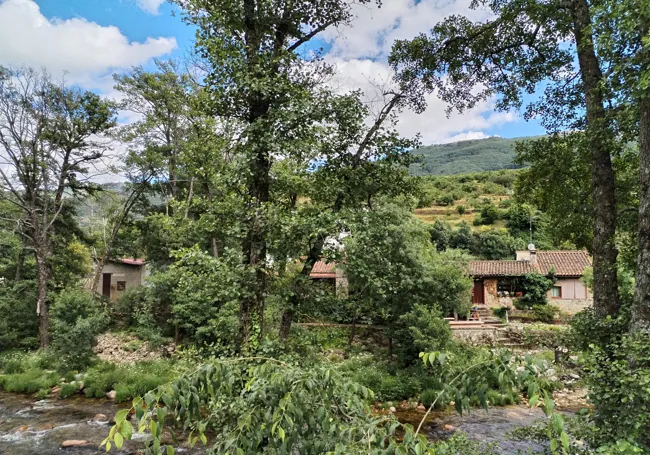
Rural tourism in the centre of the Valley.
A.M.S.
Besides being known for its picotas, the Jerte Valley is also a popular Spanish tourist attraction. It offers areas of great beauty with picturesque waterfalls, natural pools and extensive vegetation.

